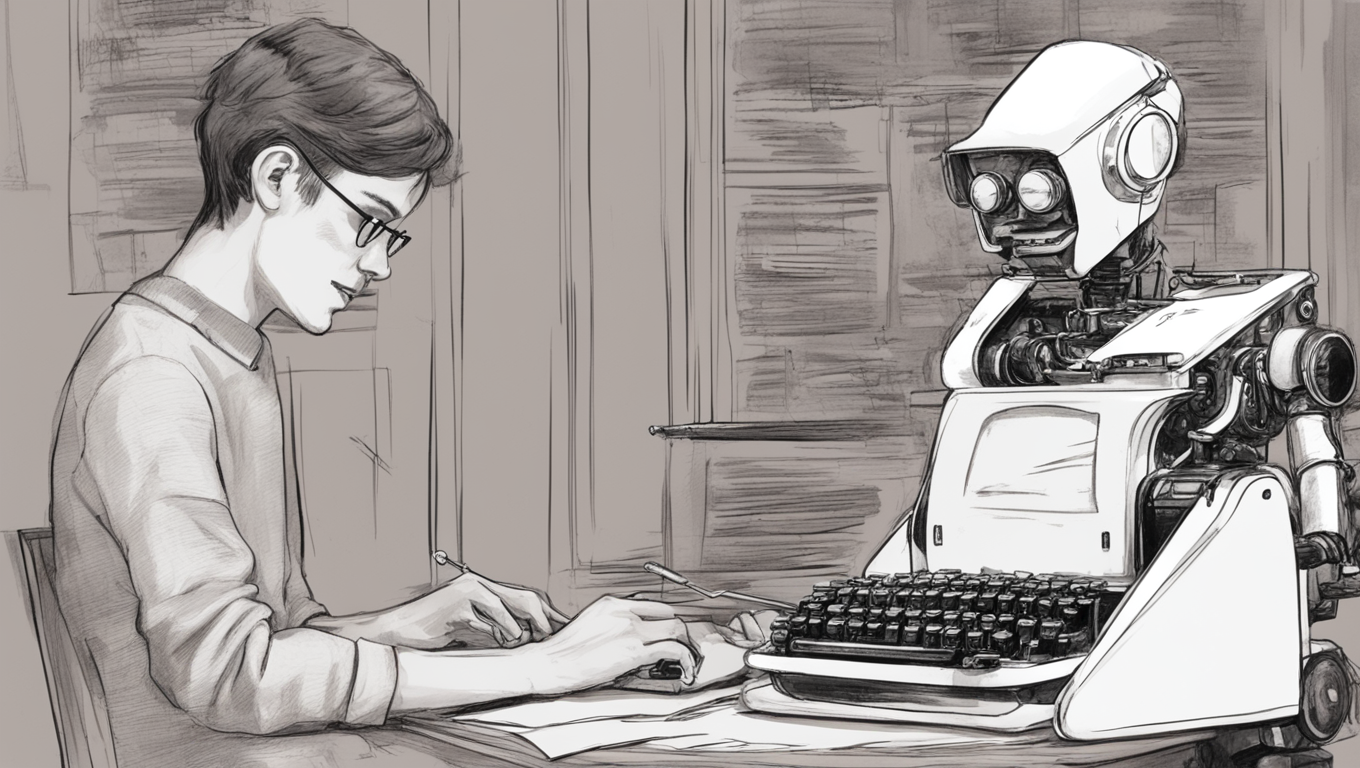Unmasking the Use of Fake AI-Generated Bylines: Implications for Journalistic Integrity
In a stunning revelation, a local news site called Hoodline has been using artificial intelligence (AI) to generate news stories under fake bylines. This raises serious concerns about the future of journalism and the erosion of credibility in the industry. Hoodline, which covers news in San Francisco and other cities, has been publishing stories under the names of non-existent writers like Nina Singh-Hudson, Tony Ng, Leticia Ruiz, Eileen Vargas, and Eric Tanaka.
Investigations have revealed that these AI-generated stories are actually repackaged content from other news outlets, press releases, and law enforcement bulletins. Hoodline’s owner, Zack Chen, has claimed that these stories are edited by humans and published under “pen names.” However, the only indication that these bylines are not real people is a small “AI” icon and a disclaimer at the bottom of the site. The author bios, which used to accompany the stories, have mysteriously disappeared earlier this year.
This trend of using fake writers is not limited to Hoodline. Major publications like Sports Illustrated and CNET have also been caught deceiving their audiences with fake bylines. This deceitful practice undermines trust in an already chaotic news environment. Hannah Covington, the senior director of education content at the News Literacy Project, expresses concern over the use of human-sounding names to game the system and take advantage of people’s trust.
While AI can have a useful place in newsrooms, transparency is essential. Florent Daudens, the press lead at AI research organization Hugging Face, emphasizes that trust is the most important currency with readers. It is crucial that readers are aware of the use of AI and its impact on the news they consume.
Seeking further insights, I reached out to Zack Chen, the owner of Hoodline. He defended the use of fake names by explaining his goal of creating “AI personas” that could eventually develop their own following and even become TV anchors. Chen claimed that each AI persona has a unique style, something akin to a personality. He justified the removal of bios and headshots by stating that they were already working on adding an AI “badge” to the bylines before the controversy erupted.
Chen acknowledged that Hoodline’s methods went against journalistic standards of accuracy and transparency but argued that they did not counter the value of journalism. He even suggested that their approach may become more widespread in the future.
The implications of this revelation are far-reaching. As AI technology advances, the line between human-written and AI-generated content becomes increasingly blurred. Readers must remain vigilant and not let AI technology undermine their willingness to trust what they see and hear. The responsibility lies with the news organizations to be transparent about their use of AI and to uphold journalistic integrity.
The future of journalism hangs in the balance as we grapple with the implications of AI-generated content. It is a reminder that while AI can be a powerful tool, it must be used responsibly and ethically in order to ensure the continued trust and credibility of the press.





Use the share button below if you liked it.